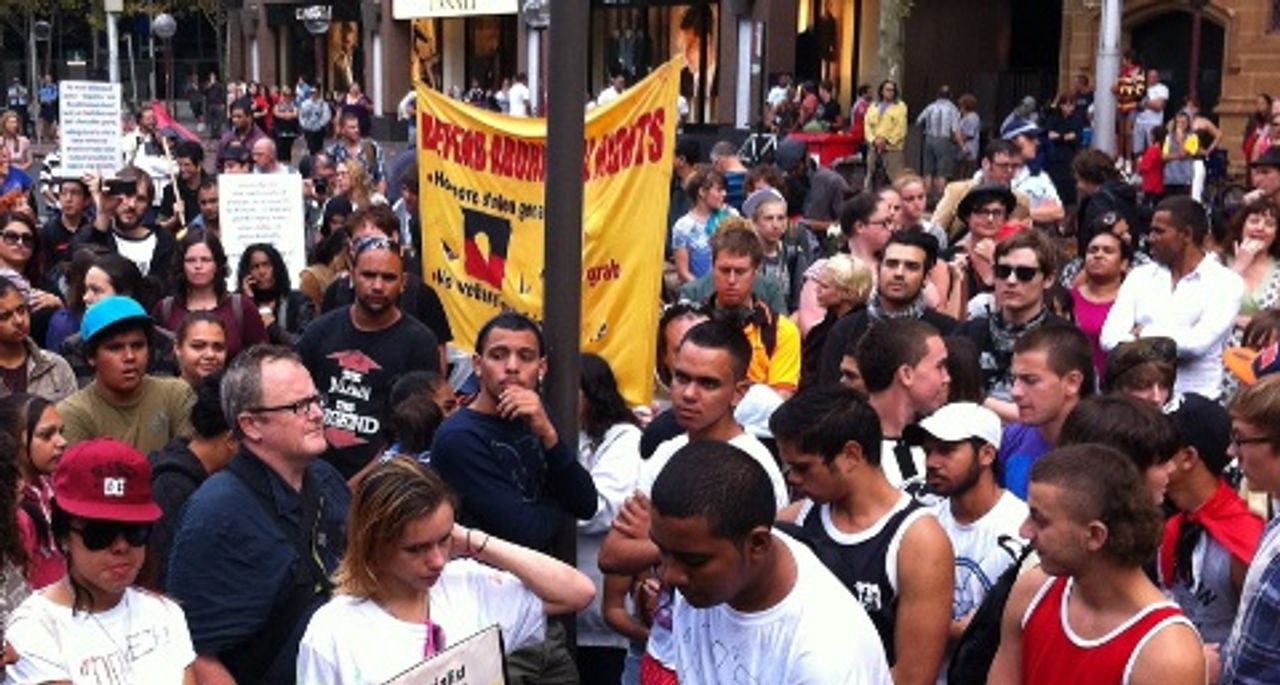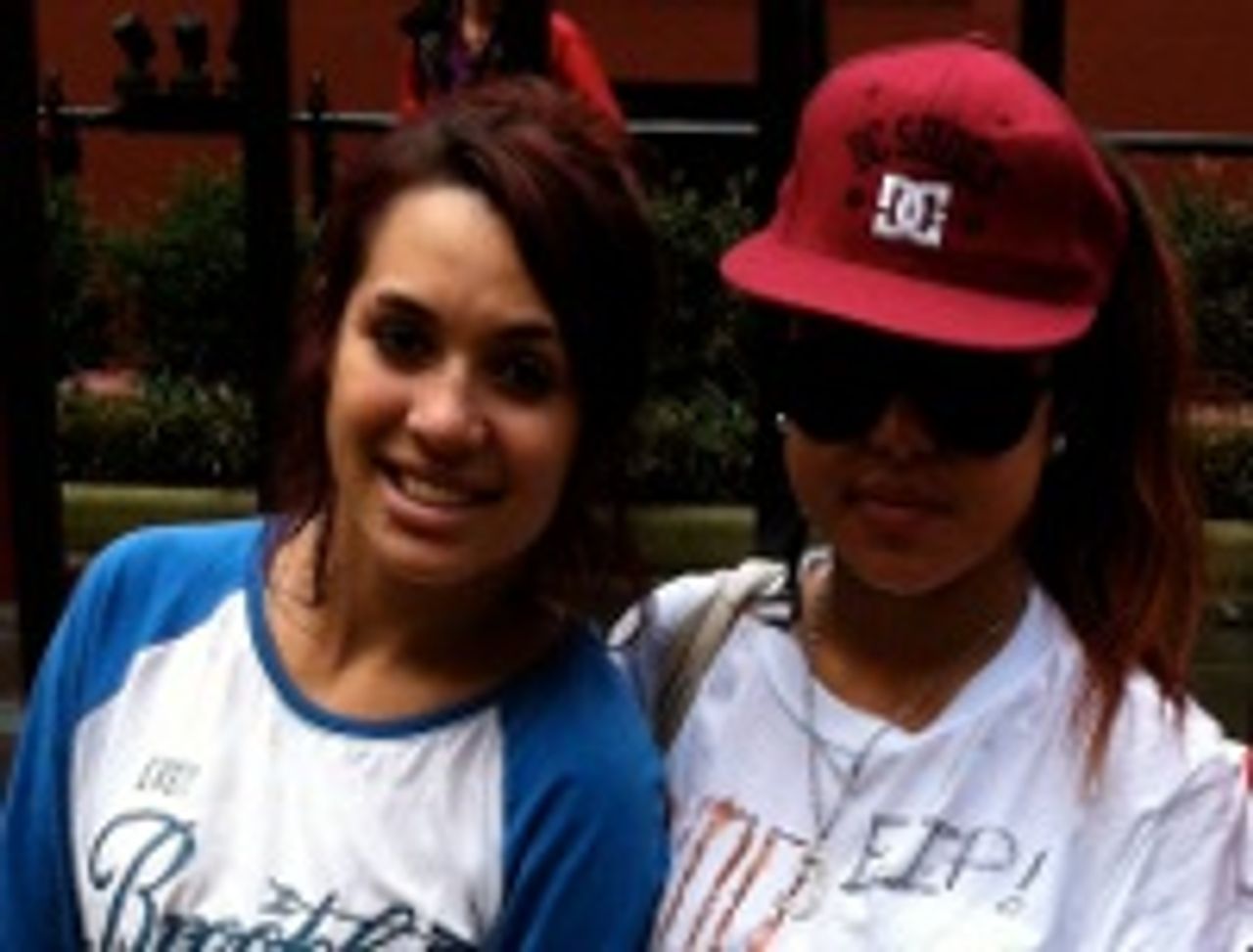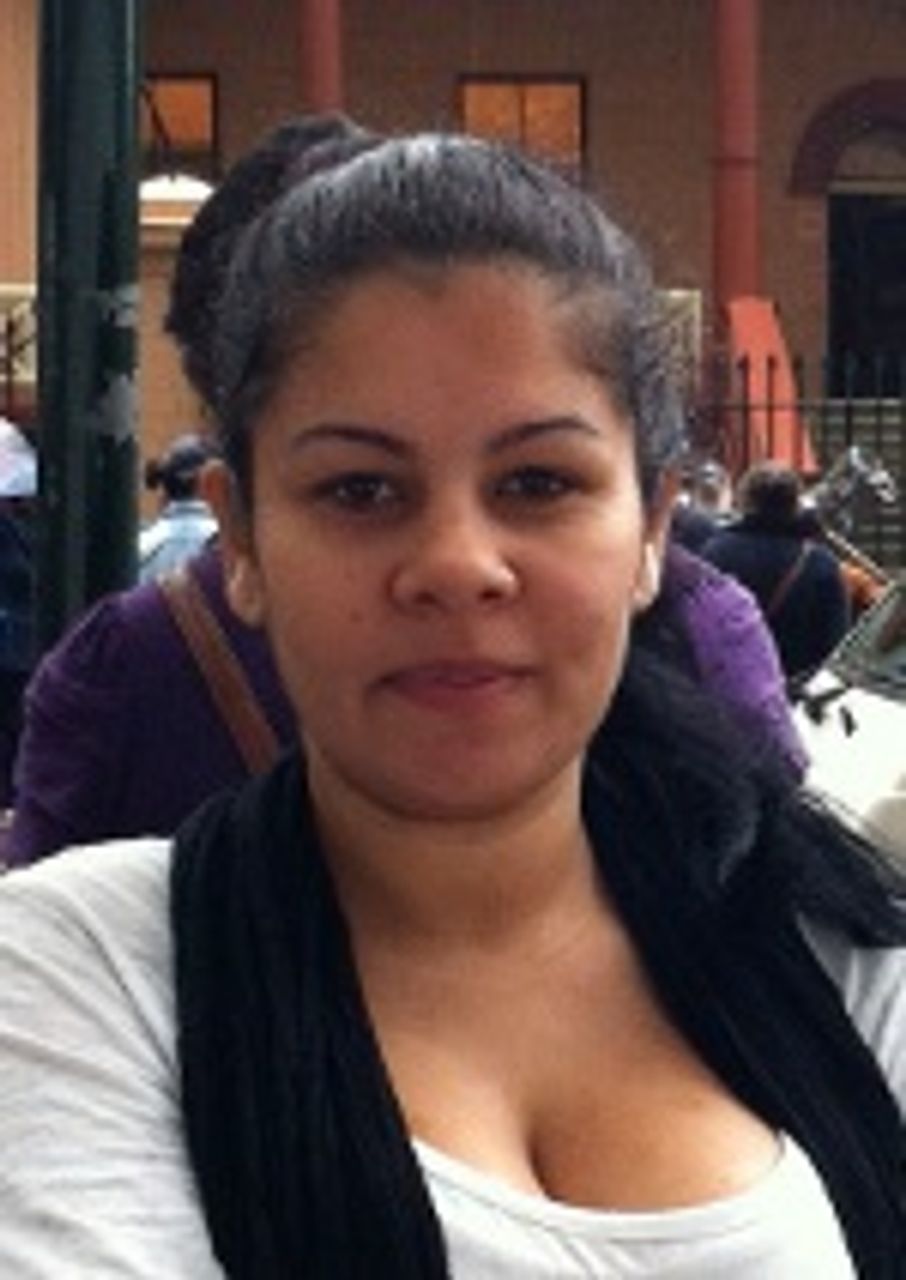Police fired multiple gunshots through the windscreen of an allegedly stolen car in Sydney’s Kings Cross in the early hours of April 21, severely wounding two Aboriginal teenagers.
Those shot were a 14-year-old driver, whose name has been suppressed, and 17-year-old passenger, Troy Taylor. Both were hospitalised and were charged at bedside hearings with the maximum possible offences relating to use of a “stolen conveyance” and use of a “weapon to avoid apprehension.” Four other people in the car, ranging in age from 13 to 23, have also been charged.
The car had allegedly been taken the previous evening from a working-class suburb near Mt. Druitt in Sydney’s west and driven into the inner city nightlife district of Kings Cross. Assistant police commissioner Mark Murdoch said police officers had recognised the two teenagers in Kings Cross and approached the car on foot. The 14-year-old driver attempted to escape by driving onto the footpath, as the road was blocked with traffic. The car reportedly struck a pedestrian and rode over a 29-year-old woman. She was released from hospital the next day.
A witness told Australian Broadcasting Corporation (ABC) News that police fired up to six shots, including “two gunshots through the front windshield.” The young driver was hit in the chest and arm. Friends close to his family told World Socialist Web Site reporters that he had to be brought back to life four times in hospital due to the severity of his wounds.
Troy Taylor was shot in the neck before being pulled from the car and assaulted by police. Graphic footage uploaded to YouTube shows a police officer punching Taylor in the face while holding him to the road. The officer proceeded to pull the teenager up by the shirt and throw him onto the footpath, leaving him face down and bleeding from his neck. The two had not offered any resistance to the police.
In what has become standard procedure, New South Wales (NSW) state Premier Barry O’Farrell defended the police actions before any investigation had been conducted, including a scheduled internal inquiry by detectives from the Harbourside Local Area Command. O’Farrell sought to blame the teenagers’ parents for the shooting. “I as a parent know where my 14-year-old is,” he declared. “Before we seek to blame police, we ought to look at ourselves.”
The shootings in Kings Cross follow four police killings in Australia during the past six weeks alone, including the March 18 killing of Brazilian student Roberto Laudisio Curti. He died after being chased, capsicum sprayed and shocked with Tasers by six police officers in Sydney’s central business district. Laudisio Curti was targeted after police falsely accused him of stealing a packet of biscuits. None of the officers involved in any of the incidents has been charged or stood down.
The recent deaths and injuries testify to the growing impunity with which police are unleashing potentially deadly force as social and class tensions heighten throughout Australia. They serve as a warning of the ruthless measures that will be used against working people more generally as resistance grows to the austerity measures being implemented by the federal and state governments.
The youth who were shot in Kings Cross are from western Sydney, one of the most socially deprived areas of Australia. The rising levels of joblessness and poverty affecting young people are even greater among those of indigenous backgrounds. An estimated one in three indigenous teenagers aged 15-18 are unable to find work—nearly double the official unemployment rate in that age bracket as a whole.
 Part of the Sydney demonstration
Part of the Sydney demonstrationThe shootings and the police brutality, captured on the YouTube video, produced outrage. Up to 200 Aboriginal and other working class youth protested outside the NSW parliament on April 24, holding placards and shouting slogans condemning police violence. Among those present was Gail Hickey, the mother of Aboriginal teenager Thomas “T.J.” Hickey, who died after being impaled on a fence during a police pursuit in nearby Redfern in February 2004. His death triggered a riot in Redfern.
The April 24 demonstration was organised by the Indigenous Social Justice Association (ISJA), which promotes the illusion that police violence can be prevented by protest appeals to the very political establishment that is presiding over stepped-up police operations. In case after case, official inquiries have resulted in the exoneration of police.
Incapable of addressing the social catastrophe affecting the working class and the youth in particular, the response of Labor and conservative governments across the country has been the continuous expansion of the state apparatus. Some 6,000 additional police have been recruited nationally in the past seven years and police forces provided with ever more draconian powers and potentially lethal weaponry.
* * *
Reporters from the World Socialist Web Site spoke with several people taking part in the April 24 demonstration.
 Dinah-Lee Knowles, Tyler Paea
Dinah-Lee Knowles, Tyler PaeaDinah-Lee Knowles, a high school student from the Sydney suburb of Bankstown, knew both the teenagers who were shot in Kings Cross. “They surrendered, but the cops still bashed Troy and threw him on the floor. It’s injustice… We’re young but they don’t care. Troy should live life to the fullest. Now he could be in a wheelchair for the rest of his life.”
Knowles and her friend, Tyler Paea, also a high school student, described the YouTube video as “disgusting.” Knowles said: “I saw it once and I never want to see it again. It’s one thing to fire them [the police officers], but what if other coppers do it another time? We want to get the word out that they can’t just go around doing stuff like that.”
 Kira-Lea Dargin
Kira-Lea DarginKira-Lea Dargin, 22, a freelance journalist who grew up in Adelaide but now lives in Redfern, pointed to broader tensions between police and youth. “It’s not just Aboriginal people. There are incidents where I’ve seen Caucasian men targeted and backpackers targeted.”
Mithileah Kumar, an Indian international student at the University of Western Sydney who had been in the country for a month, decided to attend the protest after seeing the YouTube footage. “The excuses from the police are preposterous,” he said. “When you kick a person who is bleeding and wounded, and use the excuse that you only pull out a gun to shoot to protect the safety of others, what logic is that? Is that democracy? I can very easily draw a parallel with the way people are treated by the police in my own country.”
